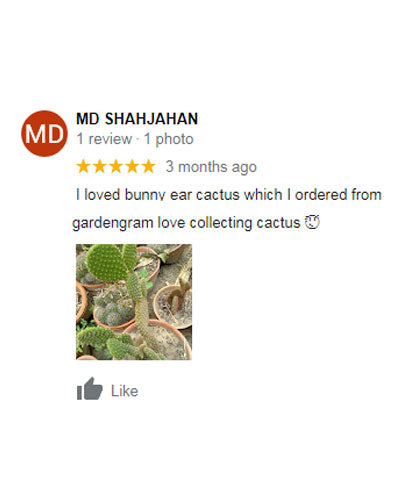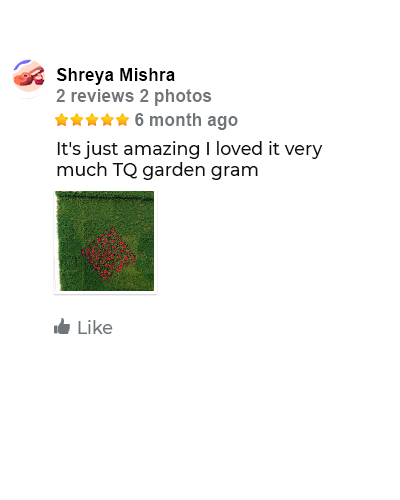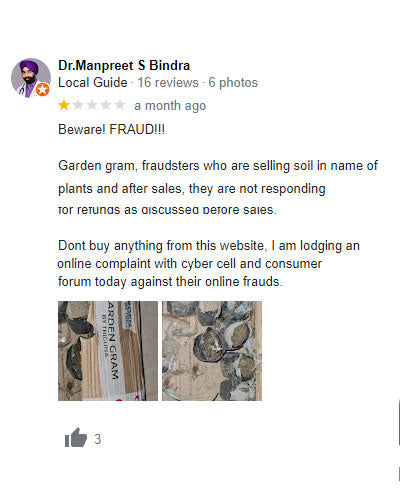Mealybugs - Most deadly bugs that can destroy crop production
Mealy Bugs
Mealy bugs are small, soft oval bodied plant sap-sucking insects that constitute the largest family of scale insects, with more than 2000 described species. It is usually found in colonies , they are piercing-sucking insects closely related to soft scales but lack the scale cover. Like soft scales , they can produce abundant honey dew and are often associated with black sooty mould. Mealy bugs are favoured by warm weather and thrive in areas without cold winters or on indoor plants.

Damage
Mealybugs sucks sap from plant phloem, reducing plant vigour, and they excrete sticky honeydew and wax, which reduces plant and fruit quality, especially when black sooty mold grows on the honeydew. High populations feeding on the foliage or stems can slow plant growth and cause leaf drop.
Ground Mealybug, which are not very common in landscape and gardens feed on roots and can cause plant decline but are generally not seen until plants are Dug up and roots are exposed.
Management
Mealybugs are very difficult to manage with insecticides. Fortunately most species have natural enemies that keep their populations below damaging levels in outdoor systems such as landscapes and gardens. The best approach to managing mealybugs is to choose plants known to be less prone to problems, inspect plants for mealybugs before bringing them onto your property, and rely on biological control and cultural practises to keep mealybug numbers in check.
What Causes Mealybug?
Mealybugs tend to be drawn to certain plants that are heavy in the juices they prefer to feed on. Citrus trees are particularly susceptible, and mealybugs can pose a serious threat to some commercial crops, such as mango. Mealybugs can infest a number of indoor houseplants, particularly tropical species.
Mealybugs are attracted to plants with high nitrogen levels and soft growth; they may appear if you overwater and over-fertilize your plants.
Mealybug life cycle
The full mealybug life cycle is about 7-10 weeks. It takes a week or two for the eggs to hatch into nymphs, and then another 6-9 weeks for the nymphs to mature into adults.There can be several generations of mealybugs, and their life cycles can overlap, meaning that once they get started, the population can grow very quickly.
How to prevent Mealybugs?
Maximise the impact of mealybug treatment by starting in late spring as eggs hatch. Nymphs are most vulnerable before they develop waxy protection. Ants often protect mealybugs to keep the honeydew flowing. Effective control treats them as well. Garden Gram offers several highly effective outdoor products (like neem oil ) to kill mealybugs – and ants – by contact and keep protecting for up to three months.
Ways to get rid of Mealybug?
- Mealies do not bite or carry Diseases, so it is fine to snatch them off with your fingers. For potted plants, a drop of isopropyl alcohol on cotton and wipe it on mealybug.
- Neem oil is a natural substance derived from the neem tree. When used as directed, it affects insects' feeding abilities and acts as a repellent. According to the Environmental Protection Agency, neem oil is safe to use on vegetables and other edible plants, as well as ornamentals.
- If the plant is small enough, bring it to the sink or shower to wash the leaves with this soap and water solution, and then give it a good rinse.(keep in mind that some soap can damage your sensitive plant so it’s best to test the solution on a few leaves before spraying the entire plant.)
FAQs on MealyBug
How long does Mealybug live?
Mealybugs can live for 2 to 3 weeks without hosts. Female mealybugs lay from 200 to 600 eggs, which hatch in a few days. Within 6 to 10 weeks the hatched insects are ready to lay their own egg. So an infestation of mealybug can perpetuate itself almost indefinitely unless they are eradicated.
Do mealybugs bite or sting?
Mealybugs do not pose any danger to humans; they feed only on the juice of plants.
What plants are most susceptible to mealybugs?
Any indoor or outdoor plants.













